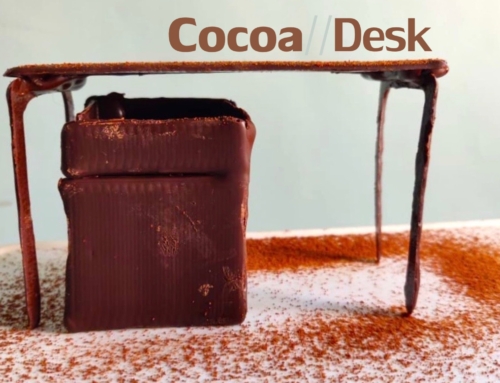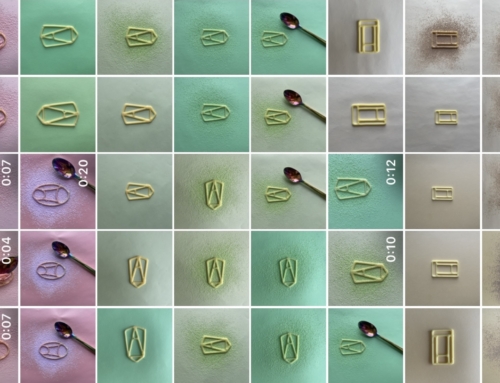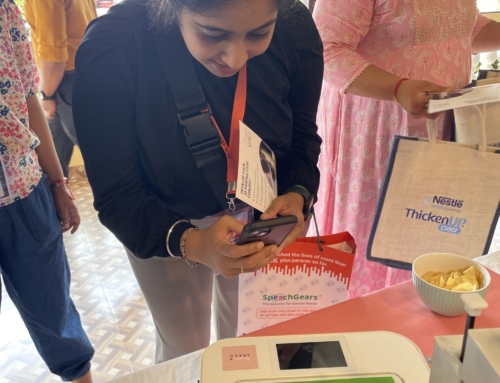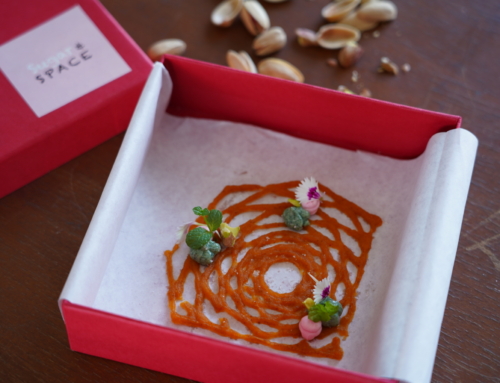Five is a magic number in Vietnamese cuisine. We greatly admire traditional Vietnamese cooking for its fresh ingredients, minimal use of dairy and oil, complementary textures, and reliance on herbs and vegetables. Vietnamese recipes use lemongrass, ginger, mint, coriander, cinnamon, bird’s eye chilli, lime, and Thai basil leaves. The cuisine is low in sugar and naturally gluten-free (many of the dishes are made with rice noodles, rice paper and rice flour instead of wheat).
Like many Asian cultures, Vietnamese serve food in family style, to share. One lays a variety of dishes on the table at once. You have to grab the food you want into your rice bowl. This unique setting creates a culture for sharing and community, as the whole table joins in together; while still keeping a sense of personal space. If you pause between eating, place your chopsticks across the food bowl; do not stick them into the food as not only is it impolite, the chopsticks are also likely to tip out, spilling food all over the table.
The Number Five in Vietnamese Cuisine
Many Vietnamese dishes include five fundamental taste senses: spicy (metal), sour (wood), bitter (fire), salty (water) and sweet (earth). These correspond to five organs: gall bladder, small intestine, large intestine, stomach, and urinary bladder respectively. Vietnamese dishes also include five types of nutrients: powder, water, mineral elements, protein and fat. The food ranges across five colours: white (metal), green (wood), yellow (earth), red (fire) and black (water) in their dishes.
Dishes in Vietnam appeal to gastronomes via the five senses: the food arrangement attracts the eyes, sounds come from crisp ingredients; you detect five spices on the tongue, aromatic ingredients coming mainly from herbs stimulate the nose; and some meals, especially finger food, stimulate touch. Each place setting includes a salad plate with a rice bowl centred on top. A perfectly aligned set of matching chopsticks and a soup spoon are placed on the right. A soup bowl sits between the chopsticks and the rice bowl. 
Setting the Table, an exploration of eating rituals across cultures that goes far beyond four legs and a surface.
Let’s grab a (virtual) cup of coffee and chat about working together. Contact us.








Leave A Comment